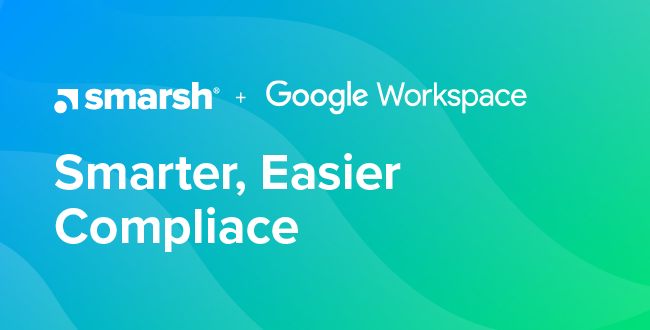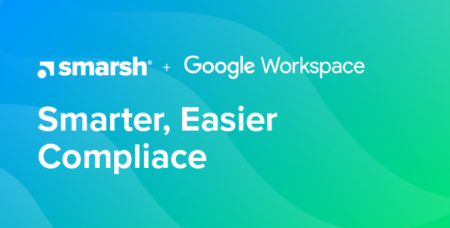LegalTech20: The Evolution from E-Discovery to E-Response
Just returned from my annual trip to a surprisingly un-slushy NYC for LegalTech20. Also surprising was the number of conversations about the demise of our beloved annual gathering. Let’s face it – firms continue to bring e-discovery technologies in-house to reduce costs. Service prices are falling, which has led to ongoing consolidation and fewer vendors – many of whom have been magically transformed into purveyors of data privacy, AI, infosec, or information governance wares. What should one conclude? That the machines have won? That we are witnessing the end of e-discovery as we know it?
I don’t think so. I believe we are witnessing the beginning of a new generation of discovery. One that is more significant than tweaking your marketing message or playing discovery musical chairs and moving two spaces to the left. It is one where (finally) the focus becomes the management and analysis of data, not the review of documents and email. It is one where you don’t need to wait for eyeballs and billable dollars to identify information that has value or risk. In fact, it is a generation where the energy and investments are likely to shift from e-discovery to e-response, and to how organizations can ensure they can respond to requests for electronic information as effectively and efficiently as possible.
To discuss this new era, I was joined by a diverse group for an "Emerging Technology" panel. My fellow panelists included an attorney from a leading global law firm, an experienced e-discovery practitioner, and a career technologist with years of experience architecting solutions to meet compliance and discovery use cases. The cross-functional perspectives on this topic were decidedly similar, including the following observations:
Demographic shifts have changed the way companies do business, and e-discovery needs to catch up. There was no disagreement from the panel on this point. A new generation has brought a new set of tools they prefer to use, and these tools are beginning to show up in discovery workflows in the form of persistent chats, text messages, emojis and Slack discussions. The challenges raised are becoming more familiar to all:
- Blurred lines between personal and business use
- Difficulty preserving content that may have been modified
- Related to preserving content, the issue of collaborative platforms like Microsoft Teams replacing the familiar file attachments with links to those files instead
- Conversations sprinkled with emojis that convey sentiment
- Growing use of ephemeral messaging sources such as WeChat and WhatsApp that have lacked a reliable method of capture
The panel discussed examples of misuse that highlight a challenge not only for litigation, but also for response to regulatory inquiries, HR and other internal investigations, and the introduction of potential infosec exposures. The panel was not as aligned on how quickly e-discovery will catch up, noting the same comfort and familiarity that practitioners have with document and email-centric discovery tools. That point was well illustrated by a panelist who had just come from a visit to the Corel WordPerfect LegalTech booth. (Yes, WordPerfect…)
It’s time to acknowledge "mobility first." Any discussion of the discovery of information that resides on mobile devices could have taken up an entire session. The panel seemed to agree that the use of mobile forensic tools like Cellebrite and attempts to retrieve historical content from cellular providers have their downsides:
- They are often imperfect; not up to date or incomplete
- They are examples of doing something because “that’s the way we’ve always done it”
- They highlight a lack of awareness of established technologies that better address the problem, like MDM and containerization approaches
Our technologist noted a shift among larger firms back to corporate-owned devices due to the management overhead of BYOD. Everyone noted the growing recognition that policies prohibiting the use of mobile devices for business purposes is futile. It’s time to face reality – the suits glued to their devices in the Hilton lobby or pinballing off others while walking down 6th Avenue are not chatting with their buddies or playing NBA 2K20. They are talking to their clients, getting a quote from corporate over Slack, or buying or selling something. It’s time to recognize mobile as the first-order target for e-discovery.
It all begins with good governance. The ability to effectively govern an increasingly diverse dataset for discovery must start at the outset. Our panel noted an increase in firms implementing governance counsels to evaluate the benefits and risks of new communications and collaborative tools before they are approved for use. This assessment includes exploring native and third-party methods that each of these sources would require if that data was needed for collection and preservation.
The panel had different ideas on whether all content sources should be proactively captured and retained. But we did agree that companies should re-evaluate policy decisions regarding reactive collection and discovery versus proactive retention, given the vast differences between new communications and collaborative tools. Simply put, you cannot always leave your discovery and governance objectives in the hands of a content vendor who likely does not know what they do not know about those topics.
AI/ML will be everywhere, but it is not a panacea. Unlike the many strange AI-driven concepts present at LegalTech, machine learning and predictive analytics are both very relevant to the discussion of new communications and collaborative content sources. Ultimately, every firm will hit the limits of human inspection of a multitude of unique content sources – many of which do not behave the way email does. However, AI provides little incremental value if it is pointed at an entire heterogenous corpus of data, is not normalized, and lacks context.
On this topic, the panel agreed that advanced analytics approaches can provide complementary value to today’s cloud content repositories by surfacing patterns and anomalies that may not have been found via the manual review of keywords. The panel concluded that firms should presume that AI and machine learning will continue to invade applications and content of all forms, and discovery teams are best served to understand how their algorithms will impact discovery workloads.
People + policy + technology. In wrapping up, the panel pointed to the confluence of people, policy and technology in preparing for the next generation of e-discovery. Accepted and prohibited use policies should be explicit and accompanied by an ongoing training program for employees. However, policies alone are not effective without an automated method of enforcement.
Similarly, adopting technology that is suited for the purpose of discovering and responding to issues that may reside in multiple content sources is critical, but imperfect if not accompanied by policies and training. As one of the panelists noted, “there is no easy or perfect answer, but you need to be prepared because the change is inevitable and it needs to start now.”
Welcome to the next generation of e-discovery.
Learn more about legal and discovery solutions from Smarsh here.

Professional Archive
Retain critical information in a single, secure, search-ready repository where it can be actively monitored and produced on-demand.
Share this post!
Smarsh Blog
Our internal subject matter experts and our network of external industry experts are featured with insights into the technology and industry trends that affect your electronic communications compliance initiatives. Sign up to benefit from their deep understanding, tips and best practices regarding how your company can manage compliance risk while unlocking the business value of your communications data.




Subscribe to the Smarsh Blog Digest
Subscribe to receive a monthly digest of articles exploring regulatory updates, news, trends and best practices in electronic communications capture and archiving.
Smarsh handles information you submit to Smarsh in accordance with its Privacy Policy. By clicking "submit", you consent to Smarsh processing your information and storing it in accordance with the Privacy Policy and agree to receive communications from Smarsh and its third-party partners regarding products and services that may be of interest to you. You may withdraw your consent at any time by emailing privacy@smarsh.com.
FOLLOW US